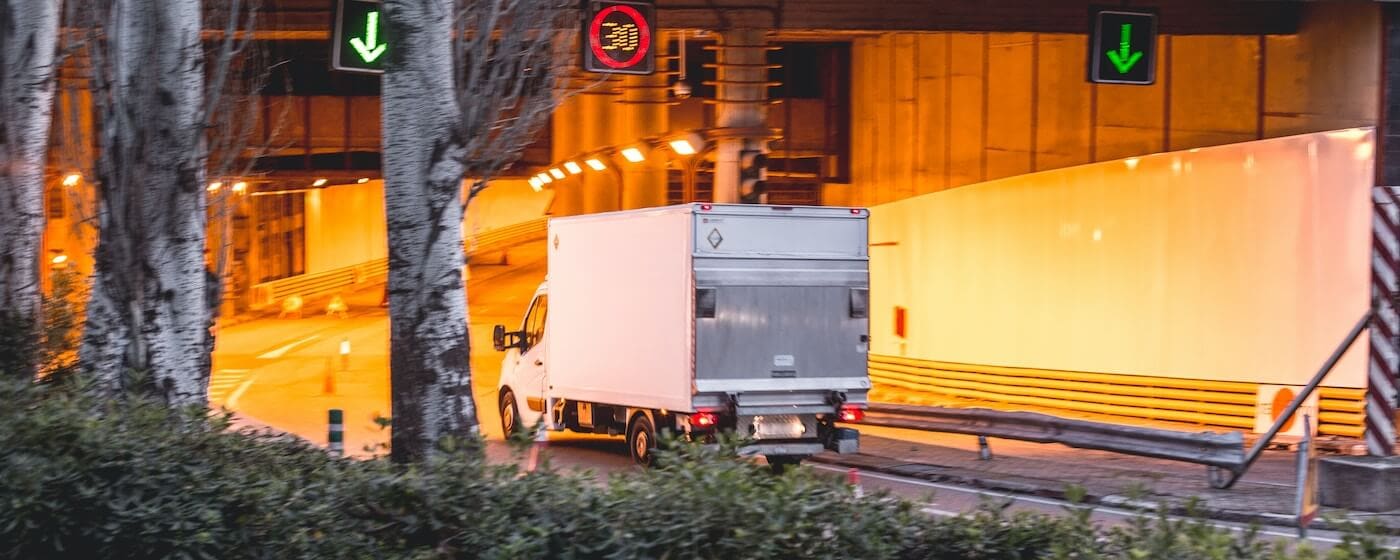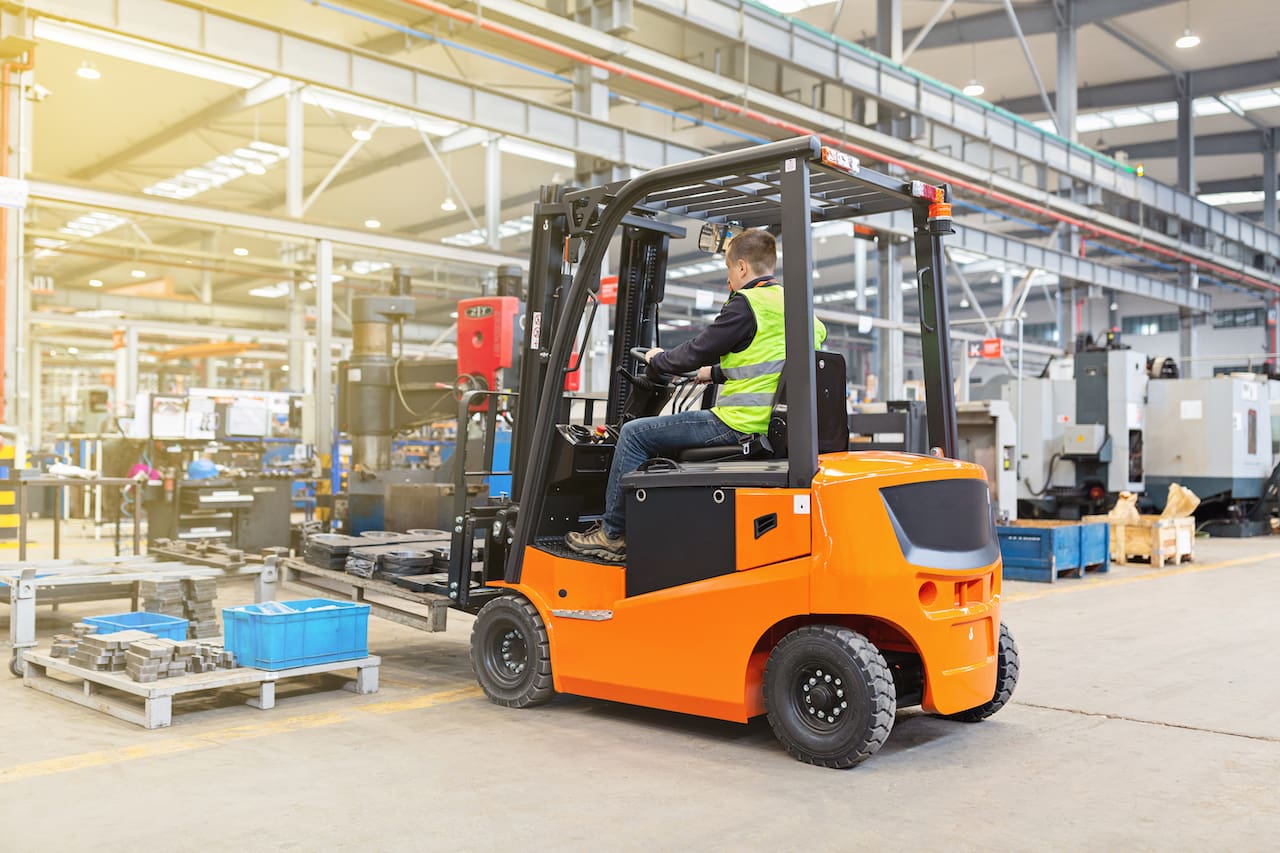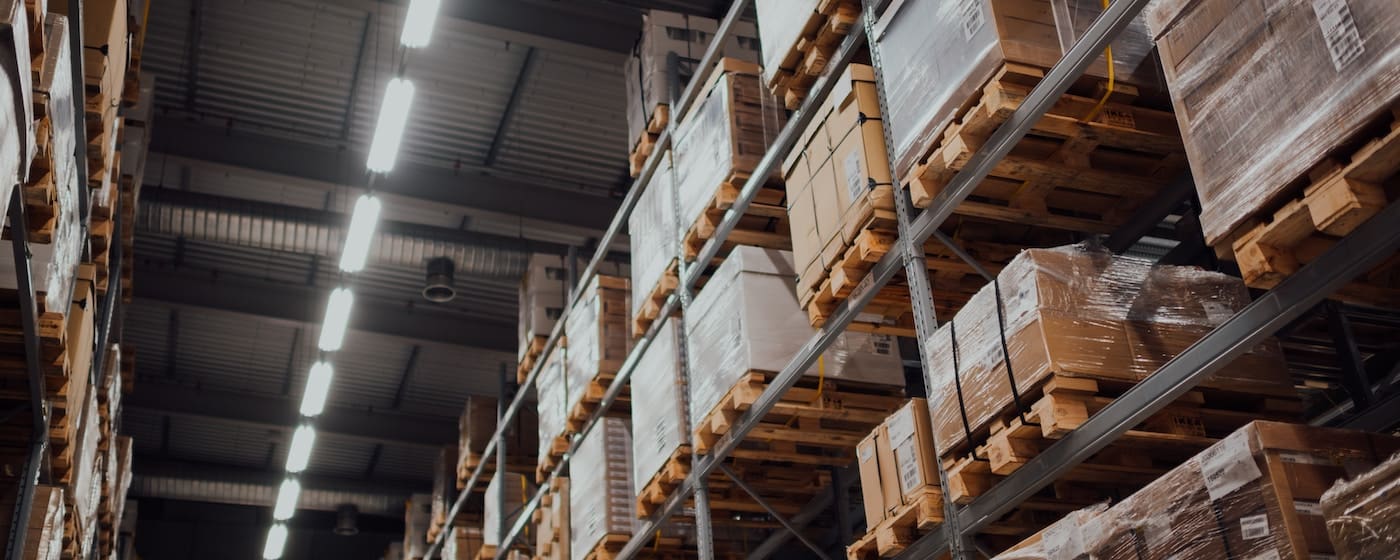Table of Contents
** Minutes
What is long-haul transportation?
The benefits of a streamlined long-haul transportation process
Long-haul transportation challenges in 2023
What to look for in a long-haul trucking service
The role of technology in optimizing long-haul transportation
How ShipBob’s long-haul transportation network optimizes ecommerce shipping
As your ecommerce business grows, typically so does the complexity of your ecommerce supply chain.
Starting out small is great for getting your feet wet. But when it comes time to scale, you’ll likely want to outsource manufacturing (in most cases, to somewhere overseas) and expand into multiple countries.
Both of these scenarios involve long-distance travel, otherwise known as long-haul transportation.
Long-haul transportation is what allows ecommerce businesses to reach customers far and wide. It provides a means to expand your horizons, tap into new markets, and truly go global.
However, mastering long-haul transportation can be a rocky road, and many ecommerce businesses often encounter pitfalls like:
- Supply chain bottlenecks
- Logistics mismanagement
- Customs complications
- Unexpected delays
In this guide, we’ll break down the complex world of this crucial logistics element, so you make informed decisions about how to get your products from point A to B in the most efficient way possible.
What is long-haul transportation?
Long-haul transportation involves moving finished goods long distances — often spanning states, countries, or even continents. To put a number on it, it’s defined as covering distances greater than 250 miles; although many long-haul truck drivers do much more than that.
Typically, long-haul freight transportation involves transporting loads either by semi-truck (dry vans) or flatbed rigs. However, for many ecommerce owners, the common size of a dry van is greater than what is required. That’s why many businesses rely on less-than-truckload (LTL) shipping to save money.
In the ecommerce world, the long-haul transportation process typically looks something like this: your bulk freight arrives at a Chicago-based port and embarks on an over-the-road (OTR) journey to your LA-based warehouse. This part of the long-haul transportation process is also called drayage.
From there, orders are fulfilled and shipped out to customers. The goal here is to load orders onto short-haul delivery trucks to reduce shipping times although if multiple storage facilities aren’t used, some orders may need to embark on another long-haul trip to reach their final destination.
Why is long-haul transportation important?
You may be wondering, “Why should I, as an ecommerce business owner, care about long-haul transportation?” It’s a valid question.
First and foremost, long-haul transportation is a big portion of global logistics. It’s what puts an end to geographical limitations, enabling your business to reach customers across the globe.
By 2026, it’s expected that the total value of ecommerce worldwide is to be worth $9.4 trillion. That’s a lot of goods that need moving around. And as an ecommerce business owner, recognizing the benefits of long-haul transportation can be your ticket to securing a slice of that multi-trillion dollar pie.
Take a moment to consider this: without optimized long-haul transportation, how can businesses maintain a high inventory turnover ratio? Or deliver goods quickly, a factor which is increasingly becoming a competitive edge? This is more than just trucks driving around, it’s your customer’s satisfaction and loyalty on the line.
Long-haul transportation is what enables a craftsman in Greece to sell a handmade necklace on Etsy to someone in Los Angeles. Or a farmer in Sri Lanka to sell their tea on Amazon.
Without it, your ecommerce business would be limited to local or regional sales. The scalability, the global reach, and the very essence of “ecommerce” as we know it, would be impossible.
The benefits of a streamlined long-haul transportation process
There’s no arguing that nowadays consumers want their products to arrive quickly. In fact, 41% of consumers have now come to expect two or three day delivery.
If your long-haul transportation process isn’t streamlined you can kiss those delivery times goodbye.
But it’s not just delivery times, an inefficient trucking company plagued with breakdowns or outdated technology can result in:
- Higher shipping and handling costs
- Inventory mismanagement
- Decreased customer satisfaction
- Reduced profitability
Efficient long-haul logistics results in faster delivery times, reduced costs, reliable service, and a greater opportunity to scale up — all of which contribute to an enhanced customer experience and healthier profit margins.
Long-haul transportation challenges in 2023
As we stand at the midway point of 2023, the long-haul transportation sector is grappling with a few challenges.
The most immediate concern is the significant driver shortage. According to the American Trucking Association (ATA) in 2022, Chief Economist Bob Costello stated that the trucking industry was short 78,000 drivers. That’s down slightly from 81,000 in 2021.
Furthermore, according to ATA’s report the shortage could grow up to 160,000 drivers over the next decade.
Truck driving certainly isn’t for everyone. Factors contributing to the shortage include:
- The aging demographic of current drivers
- The restrictive commercial driver’s license requirements
- The long hours
The COVID-19 pandemic also had a major impact on the industry, as lockdown measures and shifts in consumer behavior led to a surge in demand for transportation services.
Although much better than they were in 2020, businesses are still grappling with the long-lasting supply chain issues caused by the pandemic and other global events.
Production lead time delays, commodity price increases, and unstable trading relationships continue to affect the transportation industry to this day.
In addition, increasing fuel costs represent yet another substantial operational challenge for the long-haul transportation industry. Increasing fuel prices force transportation companies to up their pricing.
This subsequently puts pressure on store owners to pass the increase onto consumers in order to retain stable margins.
Although these challenges are daunting, it reinforces why it’s critical to work with trusted partners in the industry. Ones who are able to overcome these hurdles — minimizing any impacts on your store.
What to look for in a long-haul trucking service
With the current challenges the long-haul trucking industry faces, it’s perhaps more important than ever to do your research before choosing a trucking service.
Below are a few things to look for.
Good customer reviews
First and foremost, reliability is second to none. Time is money and if a trucking service isn’t meeting delivery times, it’s going to cost you. But how can you gauge reliability? One word: reviews.
Look at what past customers are saying about their experiences. Remember, one or two bad reviews don’t mean the end of the world.
What you’re really looking for are patterns. If multiple customers mention late deliveries or poor communication, that’s a red flag.
Technology
The integration of modern technology in a provider’s operations is a significant consideration.
Tools like fleet tracking, transportation management systems (TMS), and route planning can help in enhancing transparency and efficiency.
Partner network
A wide-reaching partner network often translates to better coverage and service reliability, especially crucial when disruptions occur.
A large network can also indicate the provider’s ability to cater to various shipping needs across different geographic locations.
Cost-effectiveness
The keyword here is “effectiveness”, not just “cost”. Yes, you need to keep your budget in mind. But remember, going for the cheapest option isn’t always the smartest move.
It’s all about getting the most bang for your buck, and that might mean paying a bit more for a service that ticks all the right boxes.
The role of technology in optimizing long-haul transportation
Technology continues to play a huge role in addressing the challenges of long-haul transportation.
ShipBob, for instance, uses technology to not only track shipments but to optimize transportation routes. This type of route planning and optimization software helps in reducing fuel consumption and travel time.
These tools use complex algorithms to determine the most efficient route for every delivery, resulting in shorter transit times and a lower environmental footprint.
“I believe part of our increased conversion rate is due to our customers seeing the option for faster shipping at checkout. ShipBob’s 2-Day Express ship option definitely helps this.”
Peter Liu, Co-Founder of RIFRUF
Technology in the transportation industry has certainly come a long way but there’s still lots of room for growth and innovation. One of the most exciting areas of development is the advent of self-driving long-haul vehicles.
While these technologies are still in the development and testing phase, they have the potential to revolutionize the industry by addressing driver shortages, reducing human error, and increasing operational efficiency.
How ShipBob’s long-haul transportation network optimizes ecommerce shipping
A strong network of fulfillment centers and transportation partners is what separates a good ecommerce shipping process from a great one.
ShipBob’s expertise in transportation logistics has been tried and tested by multiple clients.
“One of the things that set ShipBob apart from other companies we were considering was the scale at which they’re operating.
There were very few providers that could support even one customer that is doing hundreds of thousands of packages in a month, and a lot of the systems would fall apart once you started to scale to any kind of degree.
ShipBob’s system is built to handle millions of orders per month, so businesses can scale with peace of mind.”
Ben Tietje, Co-Founder and CEO of Earthley
Features like ShipBob’s Inventory Placement Program (IPP) allows merchants to send all of their inventory to a single location. Once the inventory arrives, ShipBob takes the reins. Using a mix of advanced inventory analytics and on-ground experience, ShipBob intelligently distributes the inventory to various fulfillment centers.
The process helps get the inventory closer to where the demand is, reducing delivery times significantly. But not just that, the efficient distribution also aids in reducing shipping costs by shortening the last-mile delivery distance.
In addition to this, ShipBob offers a comprehensive dashboard that provides enhanced visibility into inventory management. It offers recommendations on inventory splits, gives you updates on estimated versus actual stowed quantities, and shares both estimated and actual completion dates.
This transparency goes a long way in helping businesses plan better and make informed decisions. Plus, the dashboard also provides freight tracking, ensuring you always have a clear view of your inventory’s journey.
“Off the bat, I liked that I would be able to control multiple warehouses through one page with ShipBob.
With my old 3PL, I could never just open a page and get the info I wanted. I had to click several times, then export it, and try to make sense of it.
ShipBob lets you manage your inventory while providing important data in a very digestible way.
Wes Brown, Head of Operations at Black Claw LLC
To learn more about ShipBob’s fulfillment services, click below.
Long-haul transportation FAQs
Below are answers to the most common questions about long-haul transportation.
How does long-haul transportation differ from other types of shipping?
Long-haul transportation is specifically about covering large distances, anything over 250 miles. Short-haul transportation, on the other hand, is more focused on covering shorter distances (less than 250 miles). For example, delivering goods from a local distribution center to the customer’s address.
Can I track my products during long-haul transportation?
Yes. Most shipping companies provide tracking options during long-haul transport. This allows you to monitor your product’s journey in real-time, providing reassurance and transparency.
Does long-haul transportation increase shipping costs for ecommerce businesses?
Yes. The longer the distance a product must travel, typically, the higher the cost. However, ecommerce businesses can reduce travel distance and subsequently, shipping costs, by storing their inventory in warehouses closer to their customers.



